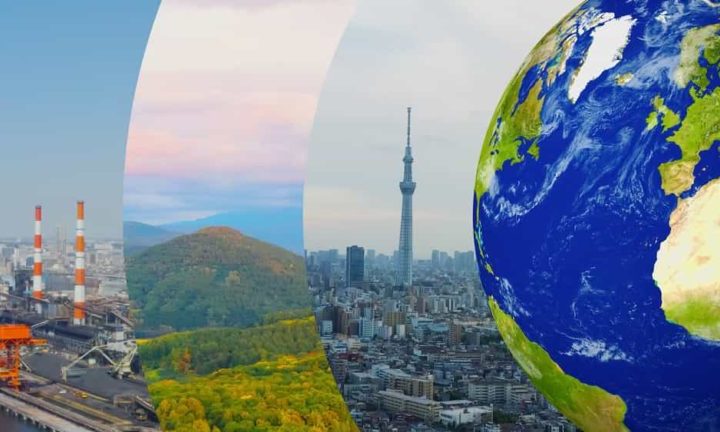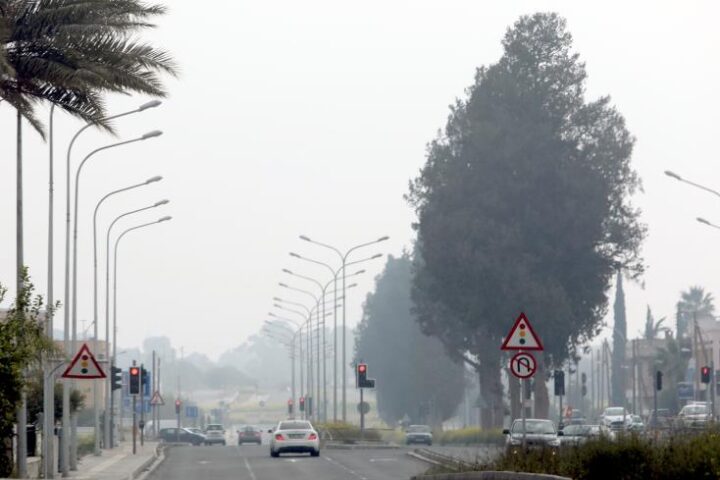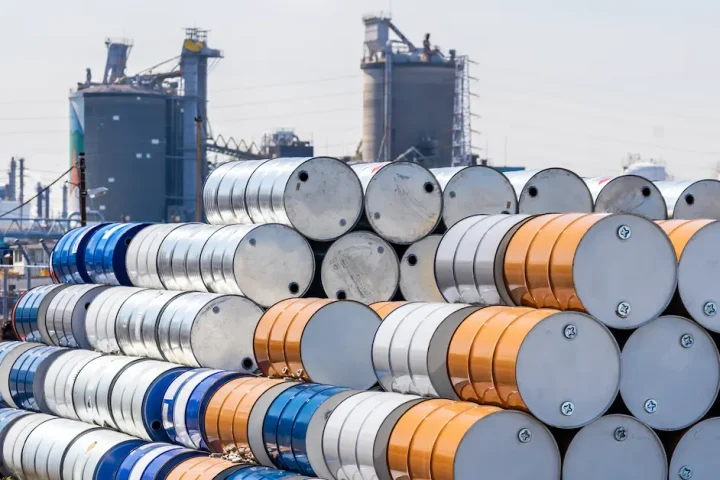.
Renewables and energy efficiency dominating agenda in Greece and Cyprus
By Costis Stambolis
As the global economy expands, so does the need for extra energy which must satisfy rising demand, especially from developing and emerging economies in the Middle East, Africa and Asia. At the same time, the world is committed to reducing rising emissions in order to avoid further increase in average global temperature as per commitments made in the Paris COP21 agreement.
As Bob Dudley, BP's CEO, said on the occasion of the publication of the latest BP Energy Outlook report, "One of the biggest challenges of our time is a dual one: the need to meet rising energy demand, while at the same time reducing carbon emissions." With the emissions-reduction side of this dual challenge leading to a shift into a lower carbon energy system, much more progress and change is needed on a range of fronts if countries have a chance to abide by climate change commitments.
There appears to be a widely misconceived view that as the world moves into an "Energy Transition" phase, the need to invest in traditional forms of energy, such as oil and gas, will wane as more and more funds are committed to renewable energy and energy efficiency projects, and economic activity heads towards decarbonisation.
In fact, nothing could be further from the truth, since meeting the other side of the dual challenge will require many forms of energy to be developed simultaneously. As BP's Energy Outlook shows, and as its findings are corroborated by other similar Outlook reports, including that of the International Energy Agency (IEA), there is a strong correlation between human development and energy consumption, and latest analysis indicates that much more energy is needed to meet demand as prosperity rises.
Looking through various long-term energy forecasts, such as the ones prepared by the IEA, the American EIA, BP and ExxonMobil, one becomes aware that the centre of gravity of energy demand is shifting, with the expanding middle classes in Asia accounting for much of the growth in global GDP and energy consumption over the next 20-30 years.
The pattern of energy supply is also changing, with the shale revolution catapulting the USA to a lead position as the world's largest producer of oil and gas, and the clear emergence of liquefied natural gas (LNG) transforming how natural gas is transported and traded around the world.
At the same time, as everyday life experience shows, the way in which we consume energy is also changing as the world becomes more electrified and energy increasingly becomes part of broader services that are bought and sold in ever more competitive and efficient digital markets.
As several analysts point out, the challenge ahead is to understand, adapt and ultimately thrive in this changing energy landscape. The biggest realisation concerns the "Energy Transition" phase that we have already entered as the global pattern of demand is changing fast with the dominance of the developing world increasing as the main market of energy consumption.
In 1990, the OECD accounted for almost two-thirds of energy demand, with the developing world just one third. In almost all Outlook reports and scenarios, that position is almost exactly reversed by 2040, with non-OECD corresponding to over two thirds demand.
A main characteristic of this 'Energy Transition' being the move to a lower-carbon energy system with renewable energy and natural gas gaining in importance relative to coal and oil.
Renewables and natural gas are expected to account for 85% of energy growth over the next 20 years. Yet, in spite of the shift away from hydrocarbons, most scenarios show that by 2040 almost 55% of global energy demand will still be satisfied by oil and gas. This is explained by the apparent abundance of oil and gas resources which could lead to a more competitive market; thus, boosting demand.
The case for Greece and Cyprus
Latest energy demand and consumption forecasts for the two countries show a remarkable transformation of their energy systems over the next 20 years, with renewables and energy efficiency dominating the energy agenda.
However, in this same period, oil and gas retain a stronghold on final energy consumption, accounting for 60% of total energy consumption in the case of Greece and 64% in the case of Cyprus. This development is having profound implications on anticipated energy sector investments.
According to the latest report on Greece’s energy sector published by the Institute of Energy for SE Europe (IENE) earlier this month, anticipated investments on energy projects will amount to 45.5 bln euros over the next ten year period, i.e until 2027.
Out of this amount some 10.3 bln is earmarked for oil and gas projects, including hydrocarbon exploration and production, refining, gas transmission and grids and related infrastructure. The rest of the investments will go towards expanding and upgrading electricity grids, new power stations including photovoltaics, wind energy and hydro plants, energy efficiency improvements in the building sector and research.
Likewise in Cyprus, according to an earlier report by IENE (see SEE Energy Outlook 2017) anticipated investments over a ten year period will amount to approximately 8.0 bln euros, with 5.0 bln of that earmarked for oil and gas projects which will include exploration and production in the island’s EEZ, the construction of related infrastructure and the development of a country-wide natural gas grid.
The rest of the investment will go towards the development of renewables and energy efficiency improvement programmes.
In summary, we see that even though both Greece and Cyprus are fully committed, as EU member countries, to specific decarbonisation targets, their energy mix is unlikely to change dramatically in the midterm necessitating substantial investments in oil and gas. What must be noted, though, is that from now on most new investments in oil and gas are governed by best practice principles which aim towards lower carbon use.
Costis Stambolis is a Financial Mirror correspondent, based in Athens.







